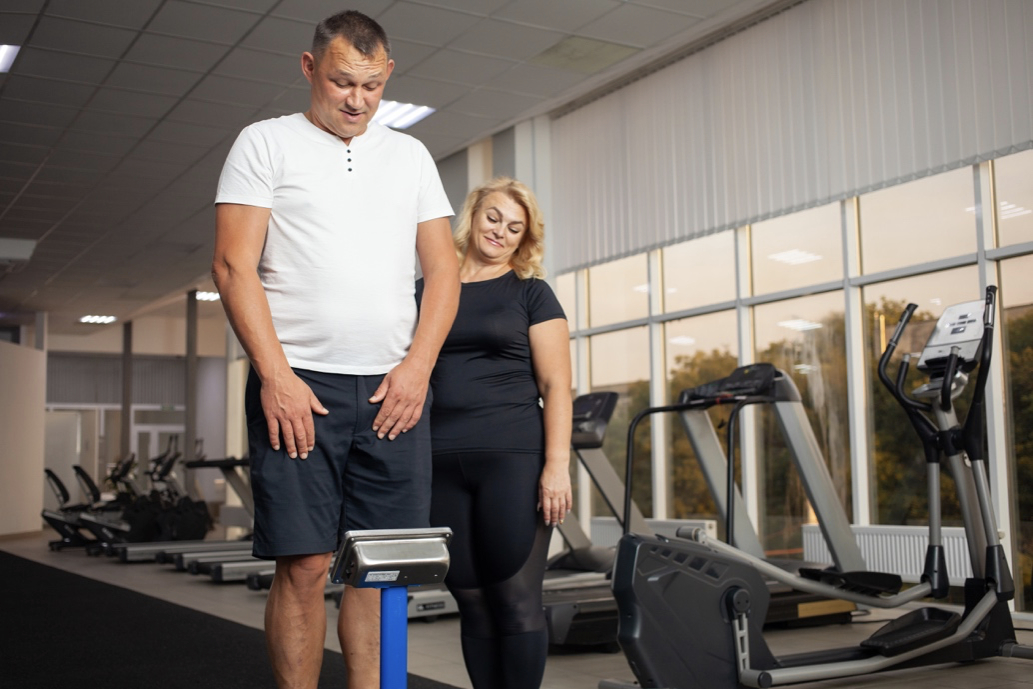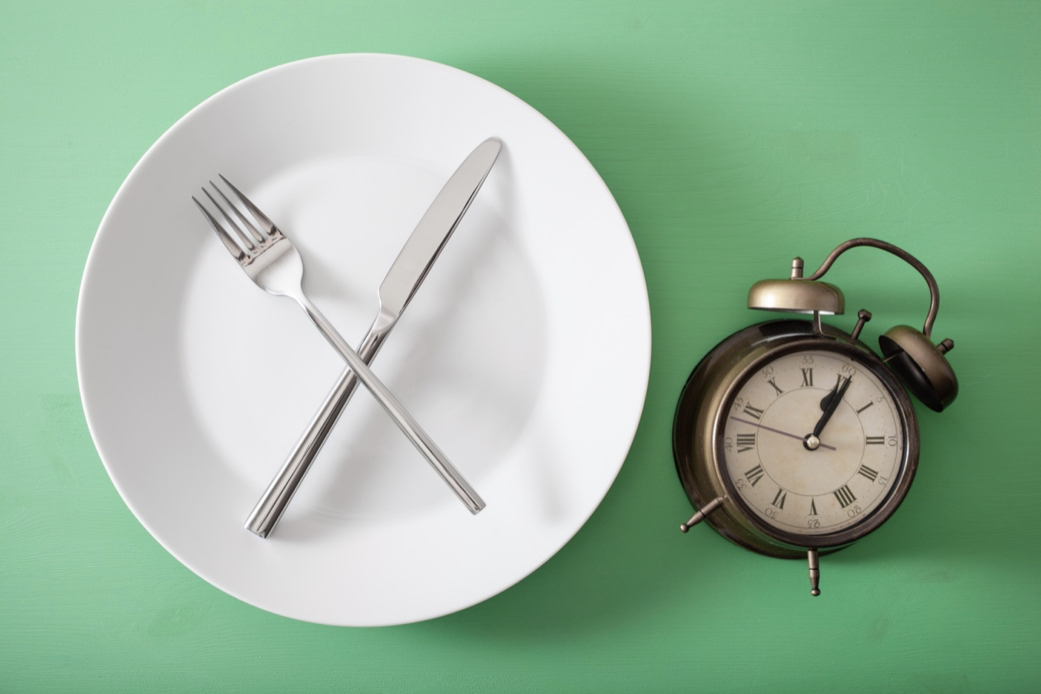When you’re upset or stressed, do you find yourself over-eating or eating unhealthy foods? Maybe when you’re happy you give yourself a treat by enjoying a sugary coffee drink. When it’s a tough Monday, you allow yourself an extra slice of pizza. When you’re celebrating and drinking with your friends, you decide to indulge in fast food. If your emotions completely rule how you eat, it may be time to take a step back and learn how to separate physical hunger from emotional hunger.
Emotional eating is a coping mechanism, and not a very good one. While it is a bad habit, it doesn’t mean that you yourself are bad. How can you learn to separate physical hunger from emotional hunger? There are some clear differences. Emotional hunger comes on suddenly, and it’s typically based upon what is going through your head. The craving is usually for a very specific food. This is followed by absent-minded eating, the inability to stop when full, and feelings of immense guilt once you’re finished eating. Physical hunger, on the other hand, comes on gradually and the cravings are for a variety of different foods. It stems from a physical, rather than emotional, need. Deliberate choices are made when eating and you stop when you feel full. Do you see the difference? Eating is a necessary part of life. We eat to fulfill a physical need—to sustain us and power our bodies. Emotional eating is used to fix an emotional problem, and it often makes you feel worse.
You can ask yourself a list of questions to find out if emotional eating has a hold on you. Once you’ve established the problem, it’s time to identify your cycle and determine which emotions trigger you. Is it anger? Sadness? Boredom? What foods make you feel better in the moment? How do you feel when you finish eating? You may notice that your emotional eating is driven by childhood patterns or social settings.
Emotional eating may make you feel powerless, but once you’ve established the difference between emotional and physical hunger and you understand your triggers, you can take the power back. It’s all about practicing self-awareness and finding healthy coping mechanisms. When you encounter negative emotions, acknowledge the emotions and try to work through them. If you aren’t ready to work through your negative feelings, what other sorts of ways can you feed your emotions rather than overeating? Talk with a friend, go for a walk, play with your dog—distract yourself with a healthy activity until you’re ready to deal with your emotions. Refrain from distracting yourself with food. Track your behaviors in an emotional eating diary. When you feel compelled to reach for comfort food, stop, think, and write about it. What do you want to eat? How do you feel? How will the food make you feel after you consume it? Will this craving still be there in five minutes?
Remember to practice kindness with yourself throughout this process. It’s okay to have negative feelings sometimes, and it is okay if you are unable to stop your cravings once in a while. Do not punish yourself. Learn to accept your feelings and eat mindfully. Aim for progress, not perfection. You have more willpower than you think.


